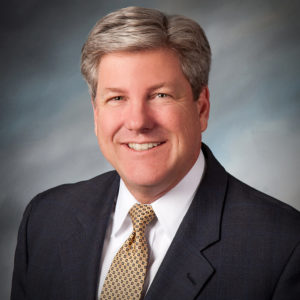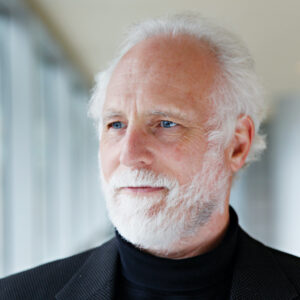By Knut A. Rostad
Originally posted on ThinkAdvisor on March 29, 2017 (registration required)
Last week the Institute for the Fiduciary Standard announced the first class of 27 Best Practices Advisors. Vanguard founder Jack Bogle and personal finance columnist and author Jane Bryant Quinn joined the Institute for a briefing in New York. A common question from journalists during and after the briefing was, ‘What’s new?’
My response? A lot. The Best Practices Professional Conduct Standards require advisors do more to serve clients best interests:
- To put in writing that they are fiduciaries at all times for all clients and all accounts
- To be crystal clear about investment fees and expenses and to avoid conflicts if at all possible.
- If conflicts are truly unavoidable, explain them completely and honestly.
Further, the twelve Best Practices focus on deeds and actions that investors understand and value; not much guess work required. They are expressed in plain, concrete terms. And the advisor also puts a notice on his firm’s Form ADV that he or she adheres to these practices.
For some brokers or advisers, these may seem like small potatoes compared to more important technical skills and knowledge. My response? Nope, not so.
The dean of American management in the 20th century, Peter Drucker, distilled leadership to three attributes. The first is working hard and the second is taking responsibility. The third attribute of effective leadership, Drucker wrote, “Is to earn trust …trust is the conviction that the leader means what he says. It is a belief in something very old-fashioned, called ‘integrity. A leader’s actions and a leader’s professed beliefs must be congruent.”
Effective leadership, according to Drucker, is “based primarily on being consistent.”
Best Practices are about leadership. They are about an advisor demonstrating integrity to, as Drucker puts it, “earn trust.” How? By clearly saying what he or she will do and then doing it. Publicly stating to regulators their adherence to the Best Practices adds an exclamation point.
Such clarity is too often missing.
As an anecdote, last week I was looking through an industry publication and came across an interesting article that got me to find the author’s website. On the homepage, the headline “Clear Fiduciary Responsibility” stands out. Under the “About” tab, we see the words, “Responsible. Fiduciary.” Below, a sub-headline states, “Associate with a fiduciary-responsible partner.”* The asterisk references a “Disclaimer,” noted here:
“(The firm) offers a broad range of brokerage and investment advisory services.
There are important differences between brokerage and investment advisory services, including the type of advice and assistance provided, the fees charged, and the rights and obligations of parties. Fiduciary standards apply to accounts covered by a formal investment advisory agreement. It is important to understand the differences, particularly when determining which service or services to select.”
While the headline shouts Fiduciary, the disclaimer says, Sometimes Fiduciary. Many in the industry probably view this disclaimer as fine. After all, this type of disclaimer is standard industry fare. Further, other disclaimers are often longer, more difficult to find and more obtuse. So this one is ‘good’ by comparison.
But is it good to say one thing in a website headline and something very different in a legal disclaimer?
To say to the investor in the disclaimer that advisors are sometimes fiduciaries and, by the way, ‘caveat emptor,’ because there are “important differences between brokerage and investment advisory services.”
What would Peter Drucker say? Would he say the actions and beliefs expressed here are ‘congruent?’ And that they are they ‘consistent?’ More broadly, what might he say about the relationship between relying on legal disclaimers and ‘effective leadership?’
The first Best Practice says a best Practices Advisor will: Affirm the fiduciary standard under the Advisers Act of 1940, common law and, if applicable, ERISA and DOL’s COI Rule, govern all professional advisory client relationships at all times. Fiduciary status, as required in law, applies at all times in all client engagements and this affirmation is stated in writing.
So to best answer the journalists’ question of ‘What’s new?’ Best Practices Advisors, (and other advisors who also adhere to the tenets of Best Practices without public recognition) embrace the requirements of ‘effective leadership.’
They recognize the urgency to do their part to restore the primacy of fiduciary duties and public trust and speak out on what those duties mean and why they matter.
They are leaders that the financial industry—and investors—need to hear from. The Institute applauds them for stepping forward.

